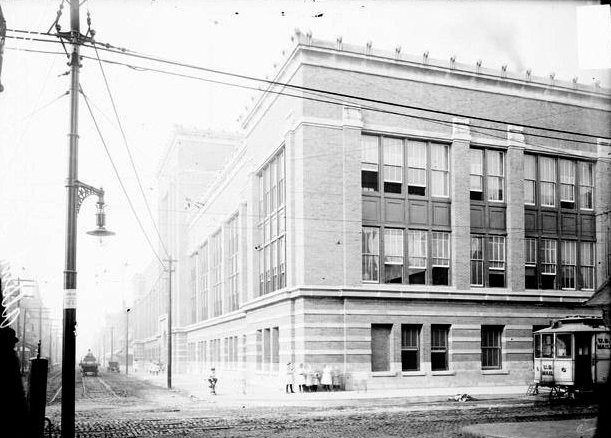
Acorn Ridge Park (late-1940s-1989) was located at 119th Street and Route 171 in Lemont, adjacent to the Cog Hill Golf Course and near I-55 and I-294.
Acorn Ridge was only open during the summer weekends and the rides operated only on weekends. A number of the rides were trailer mounted, as traveling carnivals use. They had "Pump cars" or hand-cranked cars, a trailer-mounted kiddie coaster, Bumper (7) cars, Hayrides (the park's favorite ride), (2) Arrow 3/4 scale 1906 replica 3-seat antique cars with 10 horsepower Kohler gasoline engine.
 |
| LOCATION MAP |
R.J. writes, "The most intriguing thing that I recall was that in the late fall, the rides would be tarped and moved to the side, and the grove would fill with actual gypsy wagons, which wintered there.
I believe the park area was still there into the 80s, although by then, the rides were gone, replaced with many picnic tables.
I would occasionally drive by there to see what had happened to the park and to see if the gypsy wagons ever returned. They didn't, and the park fell into disuse. It was vacant probably until the early 90s and was eventually sold, and it may have been developed into a subdivision."
UPDATED August 16, 2022:
I joined and posted this article in the "Long Time Lemonters," Facebook group. Kelly Orbell Rauch, the granddaughter of Opal Orbell, one of the owners of Acorn Ridge Park, started out with a comment that said, "Who the hell gave these people that information[?]" said Rauch, referring to the personal comment in the article by R.J.
Kelly Orbell Rauch, if you're interested in adding to the article, contact me at LivingHistoryOfIllinois@yahoo.com.
In the last image in this post, we ask people to HELP expand this amusement park's history with pictures and stories. I'm also more than happy to discuss any issues people have with the data or pictures, but please, don't be aggressive out of the gate because there's nowhere to go from there.











